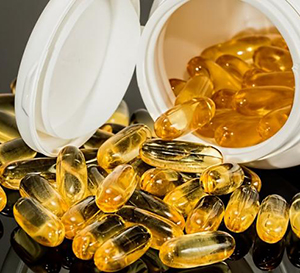London, May 4: For those, who cannot undergo fitness training, 'exercise pill' may work as magic for them! A study says, the prospect of an 'exercise pill' can be life-changing for people, who don't work out because of obesity or serious physical disabilities.
Hopes for such a pill emerged from scientists who found that an experimental drug allowed mice to run on a treadmill for 270 minutes before exhaustion set in. Mice that went without the drug lasted only 160 minutes before reaching their physical limit.
Scientists found that the endurance boost was accompanied by other apparent health benefits, leading mice who had the drug for eight weeks to put on less weight and better control their blood sugar levels, suggesting a pill might also help people with diabetes.
Scientists led by Ronald Evans at the Salk Institute in San Diego made the discovery after they set out to explore what endurance meant on the molecular level."If we really understand the science, can we replace training with a drug?" he said.
They turned to a drug known as GW501516 which had previously been shown to improve stamina and burn fat faster. Through a series of tests with mice on treadmills, Evans found that the drug changed the activity of nearly 1000 genes. Many of the genes that became more active were involved in the breakdown and burning of fat. But other genes were suppressed, including some that convert sugar into energy.
The scientists describe how the findings might explain why runners, cyclists and others athletes can 'hit the wall' when they push themselves hard. The drug makes the body burn fat faster, but also burn sugar more slowly. The upshot is that, on the drug, the drop in blood sugar level that is responsible for the feeling of hitting the wall happens much later than normal.
"In endurance sport competitions, such as cycling, marathon runs, race walking and cross-country skiing, 'hitting the wall' is a dramatic demonstration of sudden and complete exhaustion," the scientists write.The study was written in the journal Cell Metabolism.





Comments
Add new comment